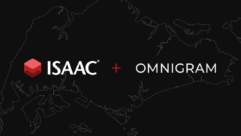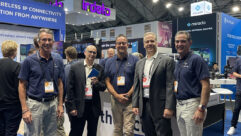Nortel and Tandberg Enter Agreement
Nortel and Tandberg will enter a nonexclusive global agreement to jointly deliver fully managed telepresence and HD videoconferencing solutions to enterprises worldwide.
In support of videoconferencing as a green solution, Nortel and Tandberg will enter a nonexclusive global agreement to jointly deliver fully managed telepresence and HD videoconferencing solutions to enterprises worldwide. Nortel is a unified communications capabilities provider; Tandberg is a provider of telepresence, HD videoconferencing, and mobile video products and services.
According to the companies, Nortel Telepresence Services with Tandberg’s enterprisewide telepresence portfolio can help businesses save millions of dollars in travel costs and carbon emissions annually.
“The nature of telepresence–an ‘always on,’ ultra-reliable, highly supported environment–lends itself to being delivered as a managed service,” according to the Gartner Research report, Toolkit Best Practices: Building the Business Case for Telepresence, published in August 2007.
“We make the technology transparent,” said Dietmar Wendt, president, global services, Nortel. “It’s no different than simply walking into a conference room for a regular, face-to-face meeting. Ours is a fully-managed service, delivered over an enterprise’s IP network with no impact to existing VoIP and data applications.”
“User convenience is essential to enterprise-wide adoption of video communications,” said Fredrik Halvorsen, chief executive officer, Tandberg. “A fully-managed experience — available through our global agreement with Nortel and possible because our Tandberg video systems are built on open standards — delivers that convenience to the user.”










